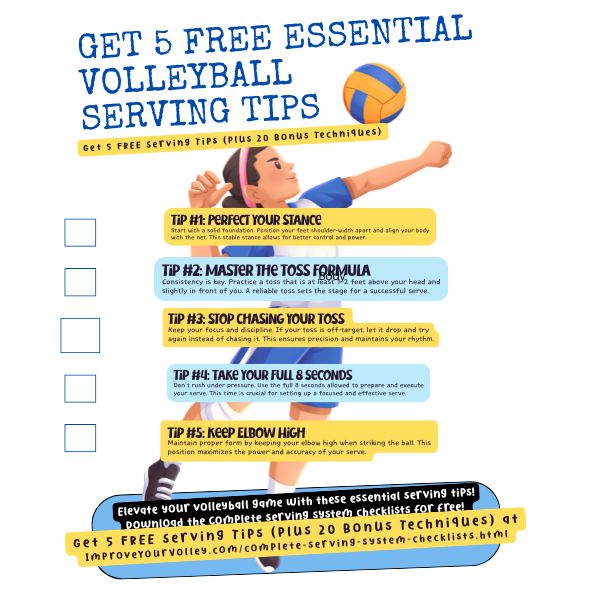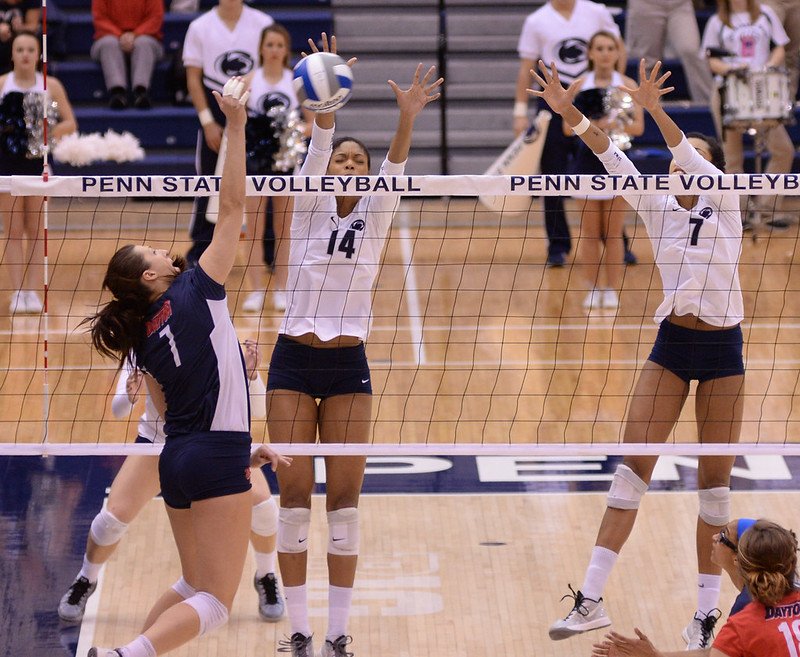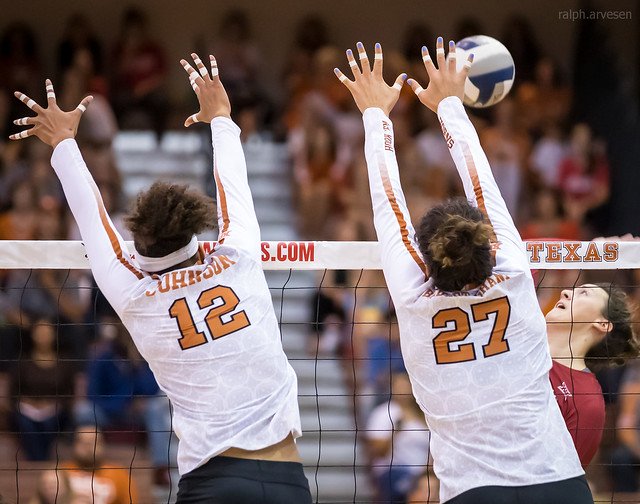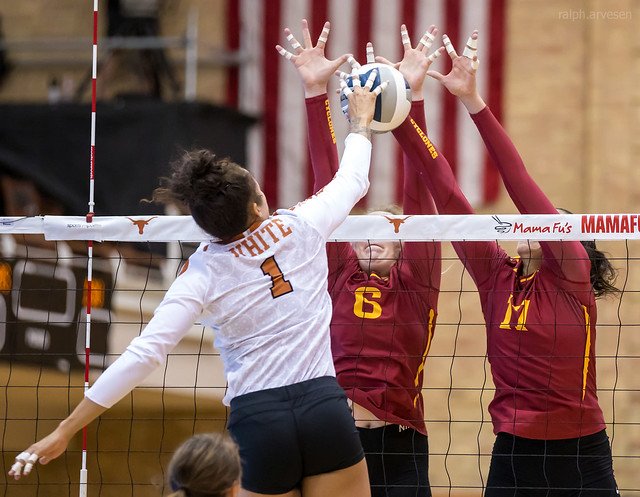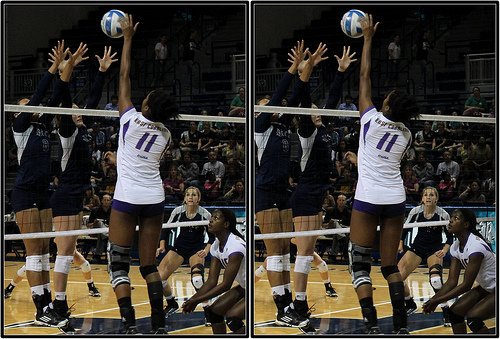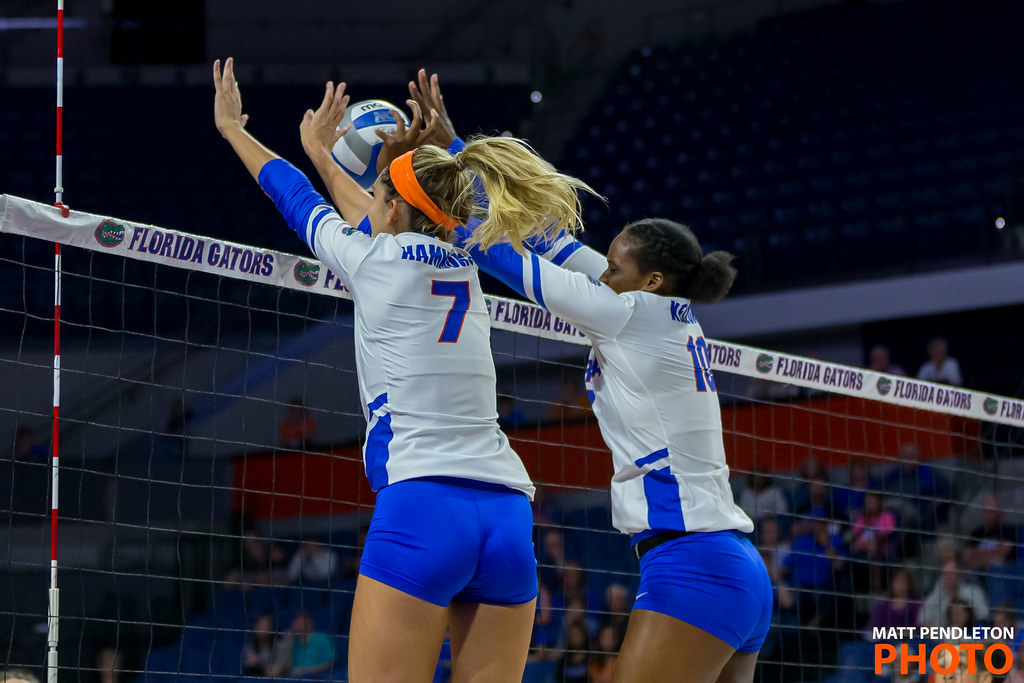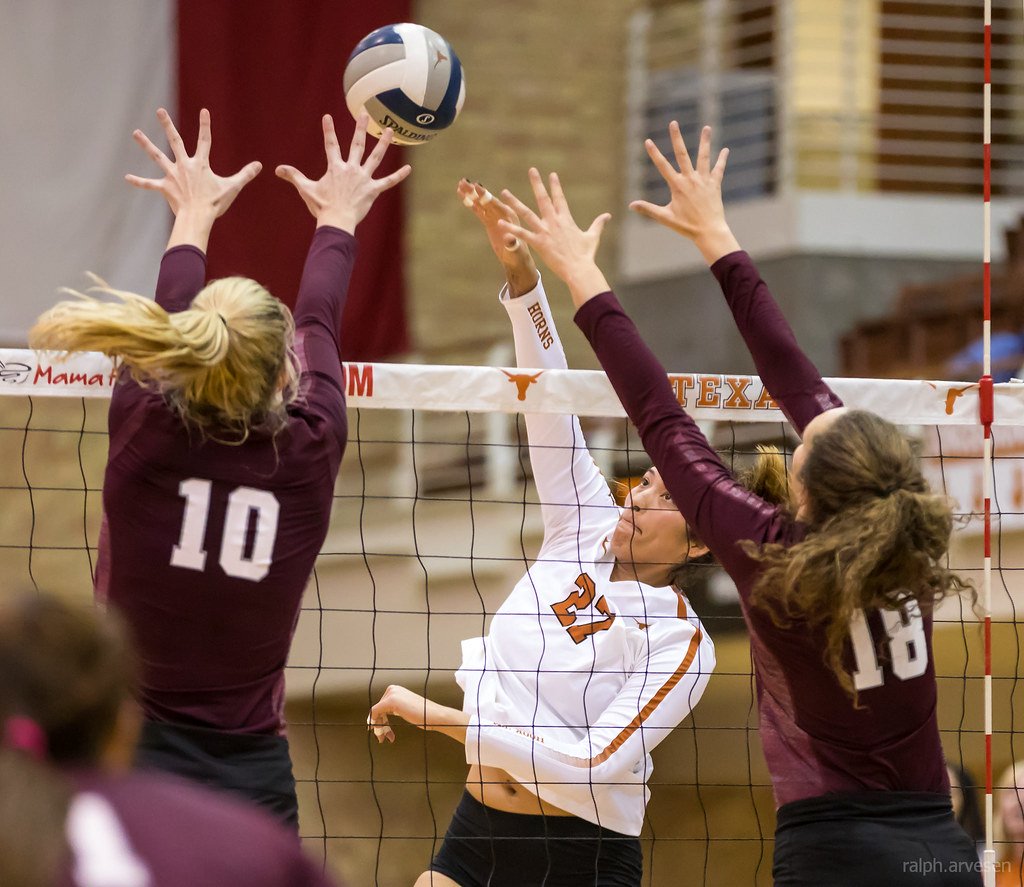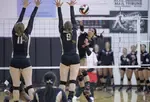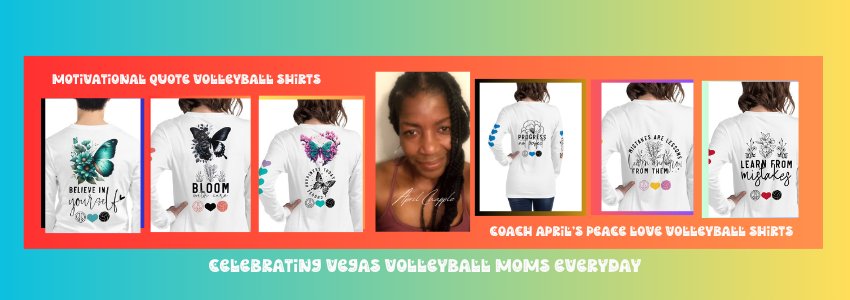- Improve Your Volleyball with Coach April
- Definition of Terms in Volleyball Blocking: Stuff and Read Blocking
- Volleyball Blocking Terms For High School Blockers
Dominate the Net: Volleyball Blocking Terms for High School Blockers
Grow your knowledge of volleyball blocking terms with this overview of crucial words, tactics and blocking communication strategies for players and coaches.
Blocking is a fundamental defensive skill in volleyball that requires proper technique, timing, and communication.
As a front-row player, understanding and applying the right volleyball blocking terms and techniques can significantly improve your ability to defend against opposing attackers.
In this article, we'll explore essential blocking terms, such as "seal the net," and provide insights on how to execute effective blocking techniques.
Whether you're a varsity player, junior varsity player, college athlete, or high school coach, mastering these blocking concepts will help you and your team succeed on the court.
"Seal the Net": A Crucial Volleyball Blocking Term and Technique
"Seal the net" is a key volleyball blocking term that refers to the ideal positioning and form for blockers at the net.
When you "seal the net," you maintain a position with your shoulders, chest, arms, and hips parallel to the net, minimizing the space between your body and the net without touching it.
This technique allows you to penetrate farther into the opponent's court, increasing your chances of successfully blocking the attack.
Varsity and college players often focus on mastering this technique to gain a competitive edge.
"Press Over": Another Essential Volleyball Blocking Term and Technique
"Press over" is another important volleyball blocking term that describes the action of extending your arms and hands over the net during a block.
When you "press over," you reach as far into the opponent's court as possible without touching the net, creating a larger blocking surface and reducing the available hitting angles for the attacker.
This technique is particularly important for middle blockers, who often have to quickly transition and block attacks from various positions along the net.
High school and junior varsity coaches should emphasize this technique when training their front-row players.
"Read the Hitter": A Key Volleyball Blocking Term and Strategy
"Read the hitter" is a volleyball blocking term that refers to the ability to anticipate and react to the opposing attacker's movements and hitting tendencies.
Effective blockers must learn to "read the hitter" by observing their approach, arm swing, and body position, as well as considering the set location and the hitter's preferred attacking style.
By developing this skill, blockers can make split-second decisions on where to position themselves and how to adjust their block to maximize their defensive impact.
College and varsity players often spend significant time analyzing opponents' hitting tendencies to improve their blocking effectiveness.
"Blocking Footwork": Volleyball Blocking Terms and Techniques for Efficient Movement
"Blocking footwork" refers to the specific movement patterns and techniques used by front-row players to quickly transition and establish an effective blocking position.
Proper blocking footwork involves a combination of shuffle steps, crossover steps, and lateral movements, depending on the situation and the hitter's location.
Mastering efficient blocking footwork allows players to maintain a stable, balanced position at the net, ready to react and jump for the block.
High school coaches and junior varsity players should prioritize practicing and refining blocking footwork to build a strong defensive foundation.
"Blocking Communication": Volleyball Blocking Terms and Strategies for Effective Teamwork
"Blocking communication" is a critical aspect of successful team defense in volleyball. Front-row players must use specific volleyball blocking terms and cues to coordinate their movements, ensure proper alignment, and avoid defensive gaps.
Common blocking communication terms include "mine," "you," "help," and "switch," which indicate who is responsible for blocking each hitter and when to make adjustments.
Effective blocking communication requires practice, trust, and a clear understanding of each player's role and responsibilities.
Varsity and college teams often develop advanced blocking communication systems to optimize their defensive performance.
Conclusion:
Mastering volleyball blocking terms and techniques is essential for front-row players at all levels, from junior varsity to college.
By understanding and applying concepts like "seal the net," "press over," "read the hitter," "blocking footwork," and "blocking communication," players can significantly improve their defensive skills and contribute to their team's success.
Coaches should prioritize teaching and reinforcing these blocking fundamentals to help their teams build a strong defensive foundation.
As players advance in their volleyball careers, they can refine and adapt these techniques to match the increasing speed and complexity of the game.
Ultimately, effective blocking requires a combination of technical proficiency, strategic understanding, and seamless communication among teammates.
Blocking Volleyball Terms and Definitions For Players On Defense at the Net
Since the block is the first opportunity to stop the opposing team from hitting into your court, your blocking technique and timing have to be on point.
These blocking volleyball terms and definitions describe blocking technique and form you need to have when you're about to move above the net.
This blocking information will help you know what to do and where to be when you are on defense in the front row.
Blocking Volleyball Terms and Definitions: :
What Does The Term "Seal The Net" Mean and How Do You Do It When You Block?
In these photos of college players blocking, the players are "sealing the net with their block" which can be seen well from this side view.
They are "closing down the space between their armpits and the net" in order to get as far over the net as possible to block the opposing team hitter.
Can you see how little space there is between their blocking hands, arms and bodies and the net?
There's very little if any space.
Each player's armpits are as close to the net as possible without touching it.
Do You Follow Me on Pinterest?
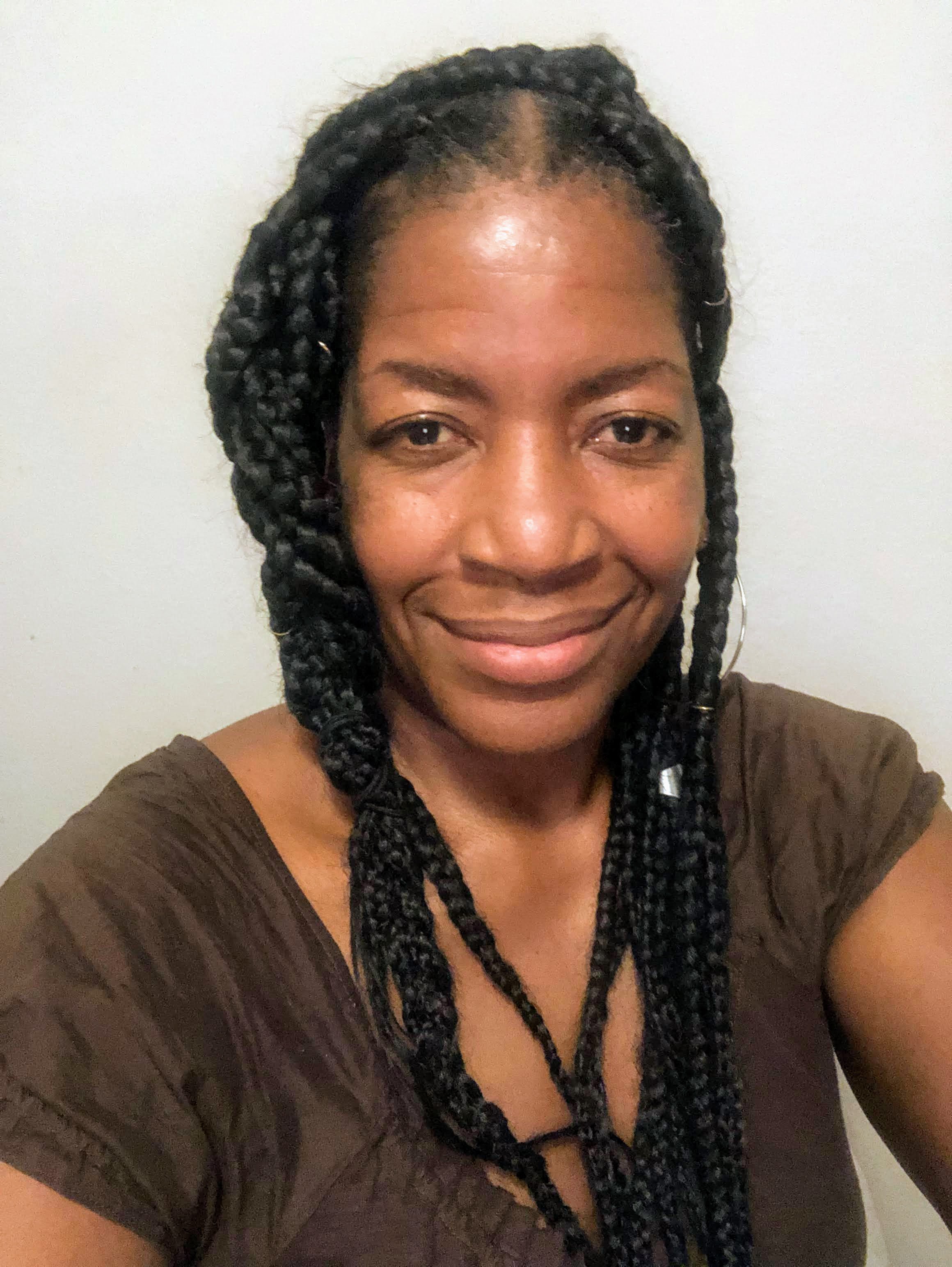 Private or semiprivate volleyball indoor/sand lessons are an excellent way for young Las Vegas high school volleyball players to quickly improve their individual skills through a private or semi-private coaching experience.
These lessons are conducted by former pro volleyball player, former USA Volleyball High Performance instructor and Evaluator and Tstreet Vegas 18s head Coach April Chapple on a weekly basis.
Sign up now!
Private or semiprivate volleyball indoor/sand lessons are an excellent way for young Las Vegas high school volleyball players to quickly improve their individual skills through a private or semi-private coaching experience.
These lessons are conducted by former pro volleyball player, former USA Volleyball High Performance instructor and Evaluator and Tstreet Vegas 18s head Coach April Chapple on a weekly basis.
Sign up now!Follow me on Pinterest Volleybragswag to improve your game even faster!
I share alot of individual, partner and easy-to-do volleyball serving drills we do in class with my followers.
Many of these volleyball practice drills you can do at home by yourself or try at your next practice with your teammates.
If you're a B team or JV player trying to make varsity next year...your goal should be to complete 1000 reps a day of at least three of the basic skills on your own...volleyball passing, serving and setting should be at the top of the list.
Volleyball Terms and Definitions:
Where Do You Go From Here?
We know where you need to go now! Here are three options:
- Learn more about Blocking by clicking one of the links in the Related Links below.
- Follow the suggested reading on our Sitemap page Learning How To Play (Sitemap)
- Or visit the pages in the How to Play Volleyball section in the drop down menu at the top of the page to get started.
Photo Credits and Licenses
If your athlete struggles with consistent serve receive, gets subbed out, or is overlooked for playing time—this is the fix you’ve been looking for.

Struggling with passing consistency?
I help talented passers tired of getting pulled from games because of inconsistent serve receive skills BUILD passing confidence without expensive private lessons using the same 3-step system that's helped dozens of my athletes get recruited.
Download my eBook for $17.99 and start building the passing confidence that keeps you on the court—and gets you seen by college coaches.
From Lady Vol to Legend: Coach April Produces Powerful Passionate Players...is that you?
What Are You Looking For?
Click to Download Your Pre Serving Ritual Mastery Checklist pdf:
🎯Volleyball Pre Serving Ritual Guide -
Players! Learn How To Transform Your Serve from Weak to Weapon
Click to Download Your Parent's Volleyball Serving Checklist pdf
🎯Parent's Volleyball Serving Checklist Guide
Parents! Help Your Player Develop Championship Serves (Even If You've Never Played)
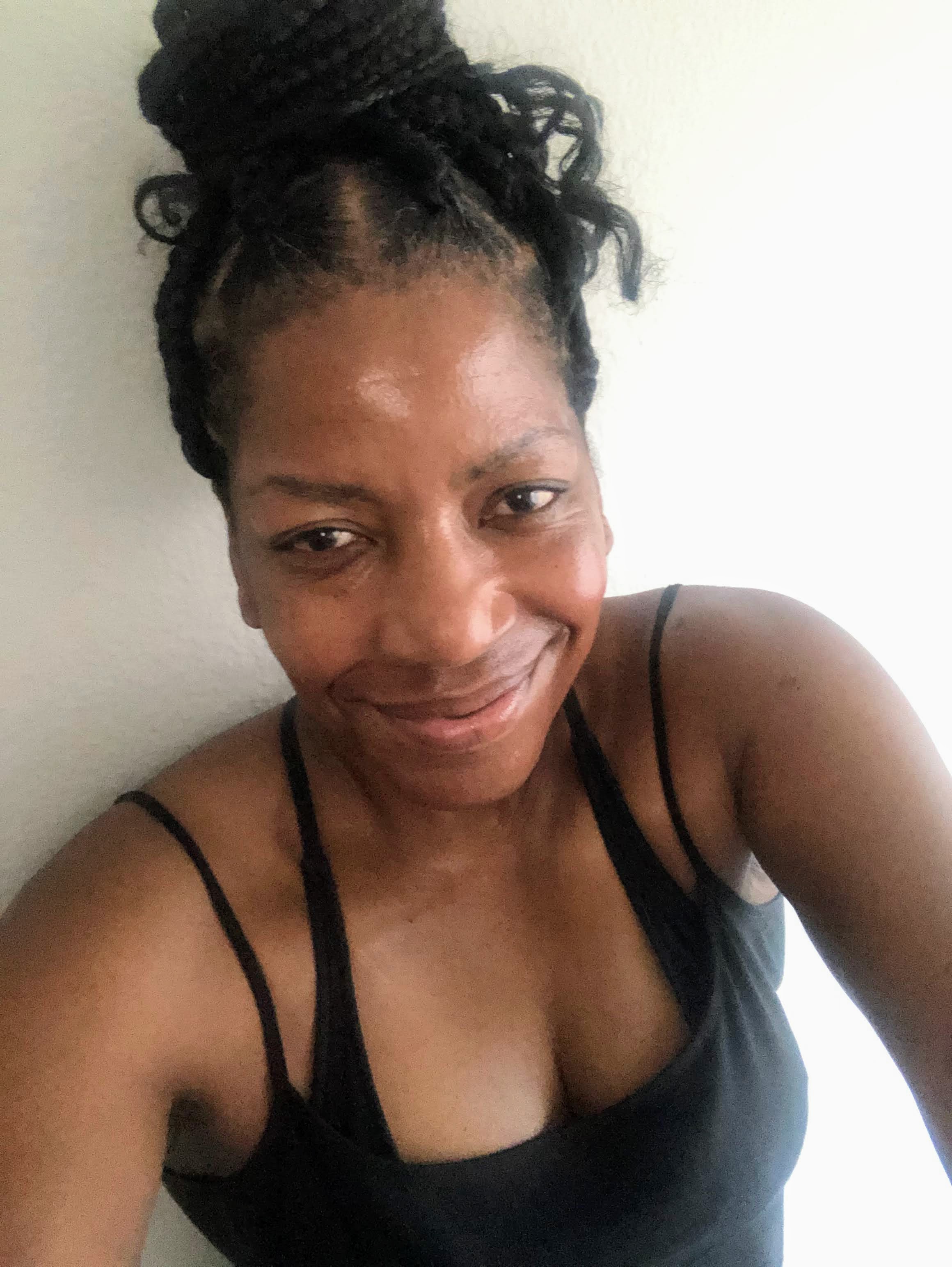
Hi there!
Thanks for stopping by. Hope you learned something today that will help you reach your volleyball goals.
Be sure to subscribe to my email newsletter so you can learn more each week!
Stay strong! Stay motivated!
-Coach April
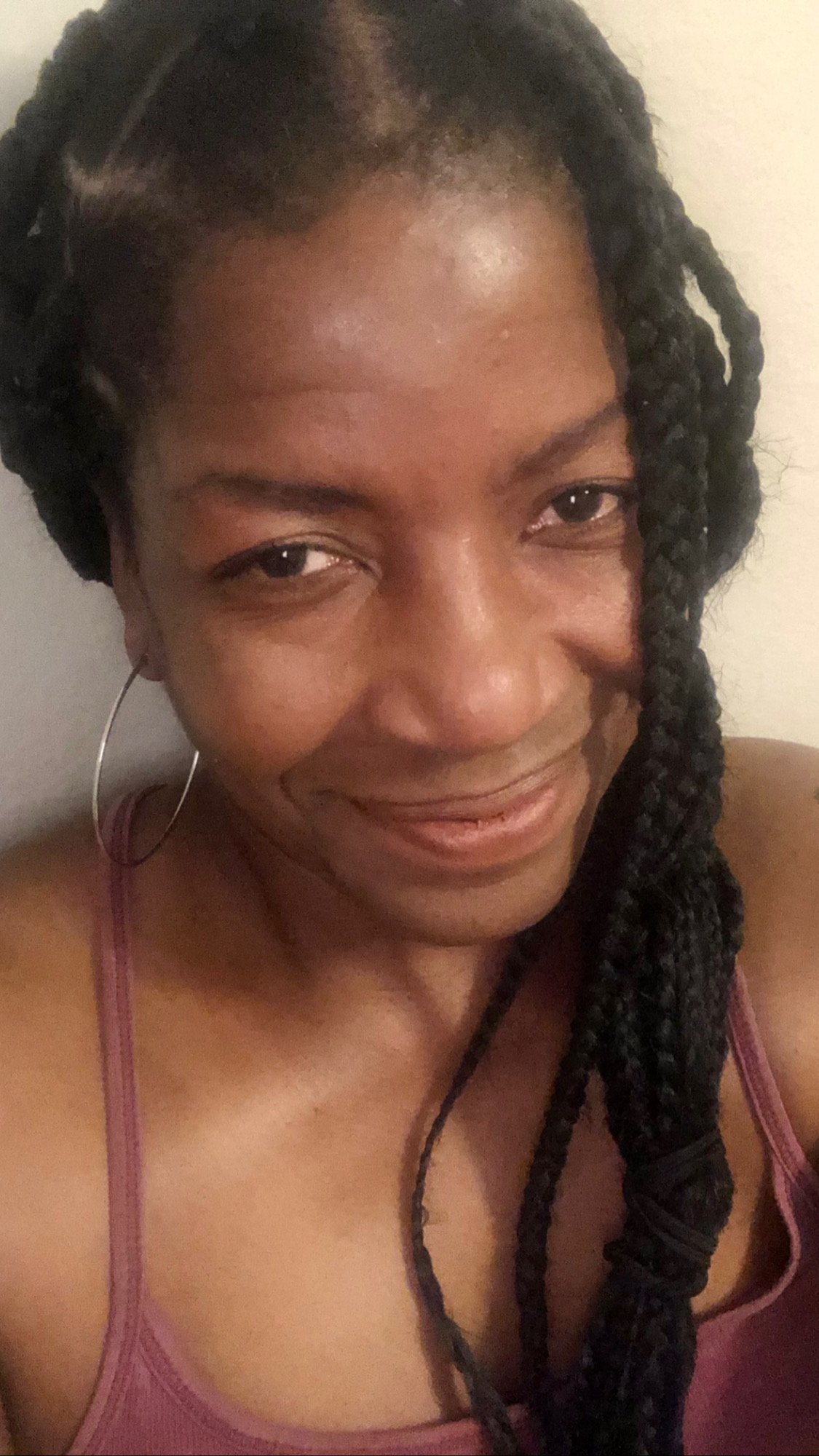
SUSCRIBE to my email newsletter below!
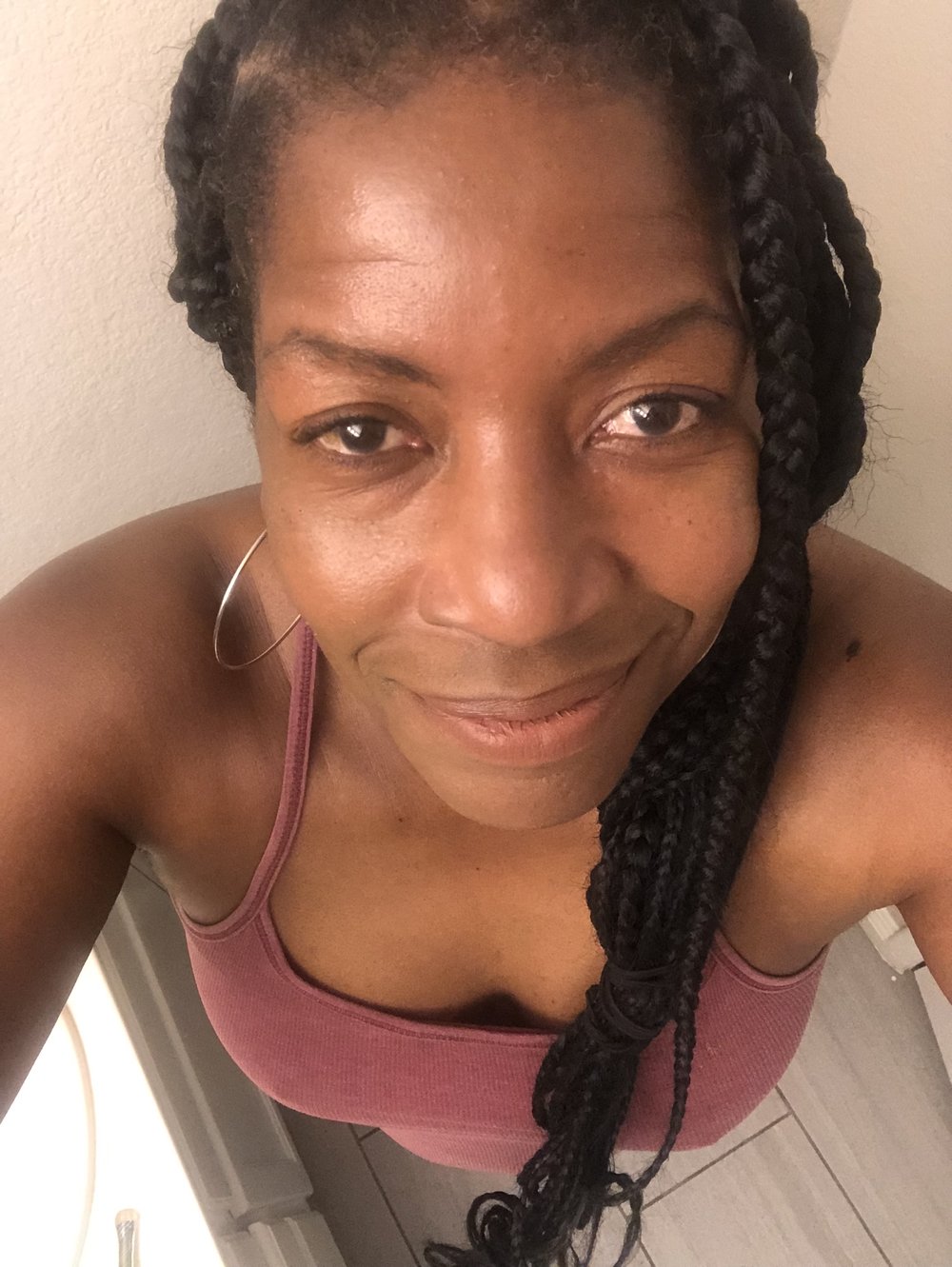 Click to learn more about the weekly volleyball classes and clinics or email info@imrpoveyourvolley.com for information
Click to learn more about the weekly volleyball classes and clinics or email info@imrpoveyourvolley.com for informationCongratulations to my seven Boys-18s Vegas Volley club players who played in two state championship finals yesterday, the 3A and 5A State champinship finals at Sunrise Mountain High School.
TOURNAMENT CHAMPIONS!
A-1 Vegas Volley VBC
In It To Win It Tournament
May 2 - 4, 2025 Tournament
Gold Medalists
18s Premier Division
Vegas Volleyball's Unsung Heroes: Celebrating Moms with Peace Love Volleyball Shirts
Ready to energize your volleyball mom journey?
Subscribe to my 'Producing Powerful Passionate Peaceful Players' email list above on ImproveYourVolley.com.
You'll receive energy-boosting tips, exclusive insights from me, Coach April Chapple on maintaining momentum in volleyball.
Let's power up the Vegas volleyball scene together!
Recent Articles
-
3 Exercises To Improve Spike Skills By Hitting With A Faster Armswing
Jan 06, 26 01:13 AM
These 3 volleyball exercises to improve spike skills by hitting more balls in the court with a quick armswing and aggressive spike approach to beat blockers. -
Your Serve in Volleyball: 10 Tips To Get You From Bench to Starter
Jan 02, 26 03:41 PM
I hold Tennessee's #2 career aces record (244 aces). Last month I coached 7 players to state finals. These 10 serving tips separate legends from bench players. -
Overhand Jump Serve Volleyball Tips To Score Many More Points and Aces
Jan 02, 26 03:14 PM
My "Coach April Overhand Jump Serve Volleyball Tips" designed to help you increase your serving accuracy, power and the ability to serve more aces in volleyball.
